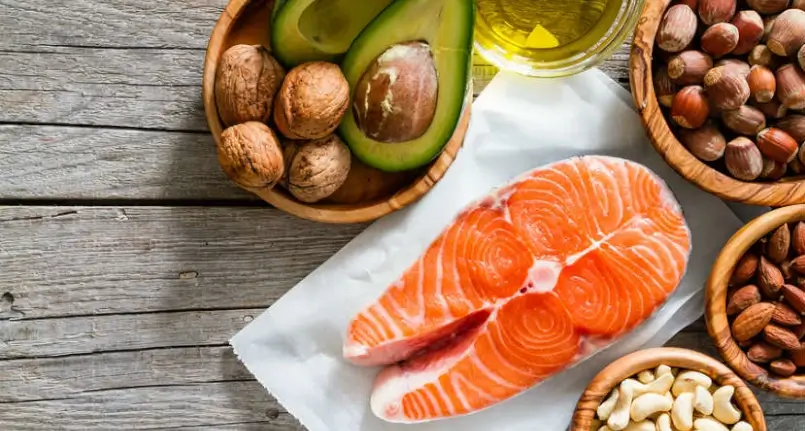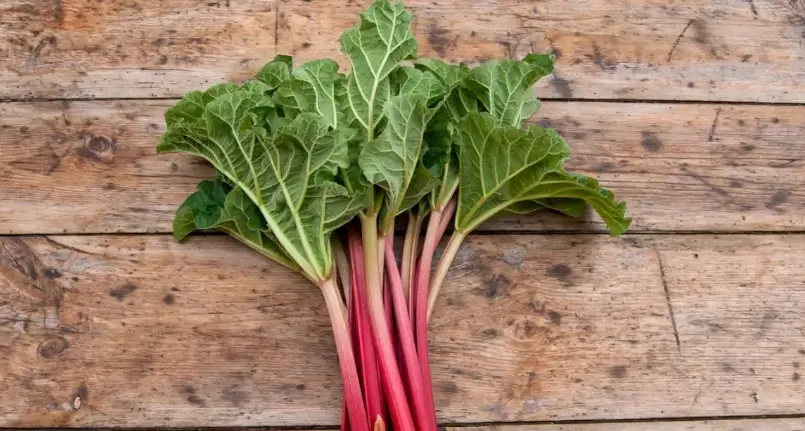Regularly quenching your thirst during the day with drinks that are not simple water , over time can prove to be a very bad habit for your health.
Even if we often don’t realize it, a significant part of the calories ingested daily come from these sources, which rarely also bring nutrients, but only excess sugars , in the form of liquid calories which contribute significantly to weight gain and many other negative consequences.
What are liquid calories
When we talk about liquid calories, we identify the calories contained in drinks and one of the most recurring doubts in this regard is whether there are differences with the solid ones , contained in the foods that are chewed.
The answer , from a purely organic point of view is negative , given that the caloric intake does not change according to the form of the source.
However, in practice consuming liquid or solid calories may not be the same thing .
Because it seems less full than solid ones
If water, herbal teas and bitter coffee are excluded, all drinks are caloric , especially fruit juices , fizzy drinks, wine , beer and spirits .
It’s not only the calories they have that make them enemies of health but also the fact that taking them doesn’t make you feel particularly full . Although drinking a carbonated or very sweet drink generates a feeling of swelling almost immediately , the sugars contained in it do not fill you up like those of a solid food or rather, the sense of satiety perceived by the brain is very different.
As evidenced by various insights drawn up over the years by the best US universities, in fact, the mind does not feel satisfied in the same way and after drinking them the feeling of hunger or not hunger is almost identical to before.
This can therefore lead unconsciously to associate a sugary drink with water and to consume it casually without worrying about the consequences.
What the studies say
A study published in “Physiology and Behavior” in September 2003 and carried out on a sample of people testified that various drinks containing calories , including milk , juice and soda, caused very slight increases in the feeling of fullness in the participants who drank them , which however, they did not significantly affect hunger stimulation or the feeling of satiety . Consequently, despite ingesting calories, the subjects did not eat less at the next meal.
This lack of change in attitude actually translates into a probable higher calorie intake by those who habitually consume this type of drink, given that the liquid ones contained in the glass are added to the solid ones found on the plate.
This loads the body with a number of extra calories that it completely ignores ingesting.
This thesis is also confirmed by an article published in July 2011 in “Current Opinion in Clinical Nutrition & Metabolic Care”, which reiterates how the calories in drinks seem to be compensated incompletely in subsequent meals , a mechanism which leads people to increase the overall number of calories they consume.
It can therefore be said that although there is no substantial difference between solid and liquid calories, their real impact on the body and on health may be different.
How to explain the phenomenon
A plausible explanation why sugary drinks do not cause a feeling of satiety equal to those containing solid foods and therefore liquid calories are perceived differently, comes from the study “Physiology and behavior”, carried out in 2004 and from an article that appeared subsequently on “Proceedings of the Nutrition Society”.
Both sources revealed that the cause could be in the speed of their hiring.
When foods take longer to eat, they trigger certain responses from the digestive system that signal the brain to feel full. Such responses, however, are minor or nonexistent when foods are consumed rapidly, as is the case with beverages.
Similarly, another article, published in “Nature Reviews Endocrinology” in May 2010, observed that eating quickly or eating when distracted decreases the ability to fully appreciate the food you are eating and to enjoy it with all your senses. and this would make it less probable that all the signals that usually communicate the feeling of satiety would reach the brain.
Concentrating on the food on your plate and on the liquids in your glass, savoring everything to the fullest, is therefore a good practice which, in addition to making each meal decidedly more pleasant, prevents or at least greatly decreases the possibility of ingesting extra calories unaware.
Finally, it is essential to note that with the exception of milk and vegetable liquids, all other beverages bring almost only simple sugars to the body . This type is absorbed quickly by the body and is eliminated from the stomach much more quickly, giving the brain the news that the energy has been consumed and it is therefore possible to take in more calories.
One of the best ways to burn calories is walking .




